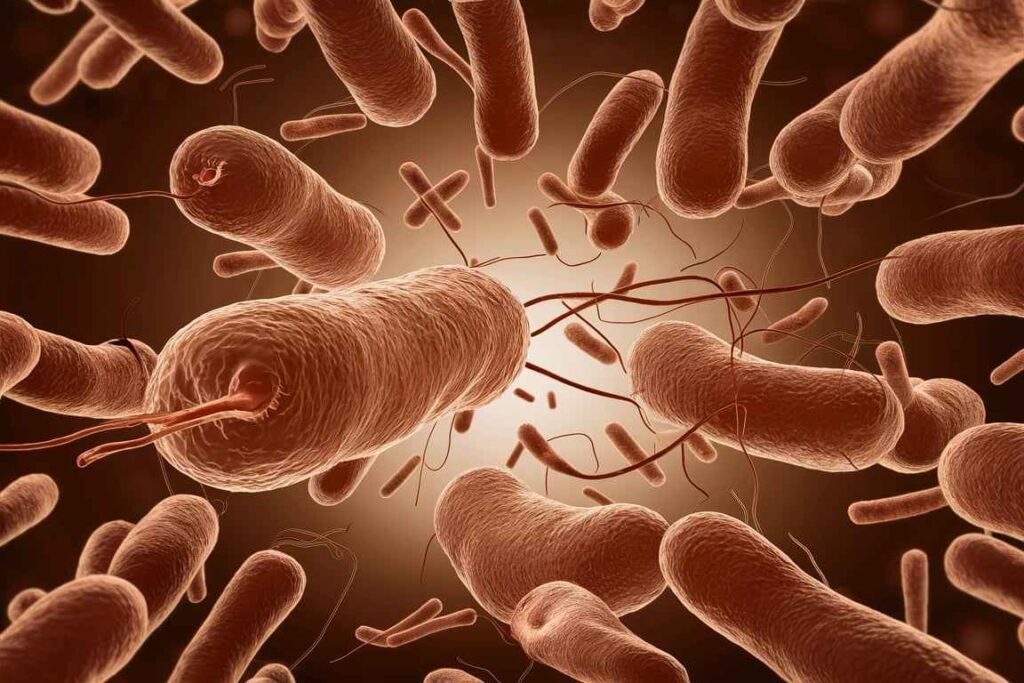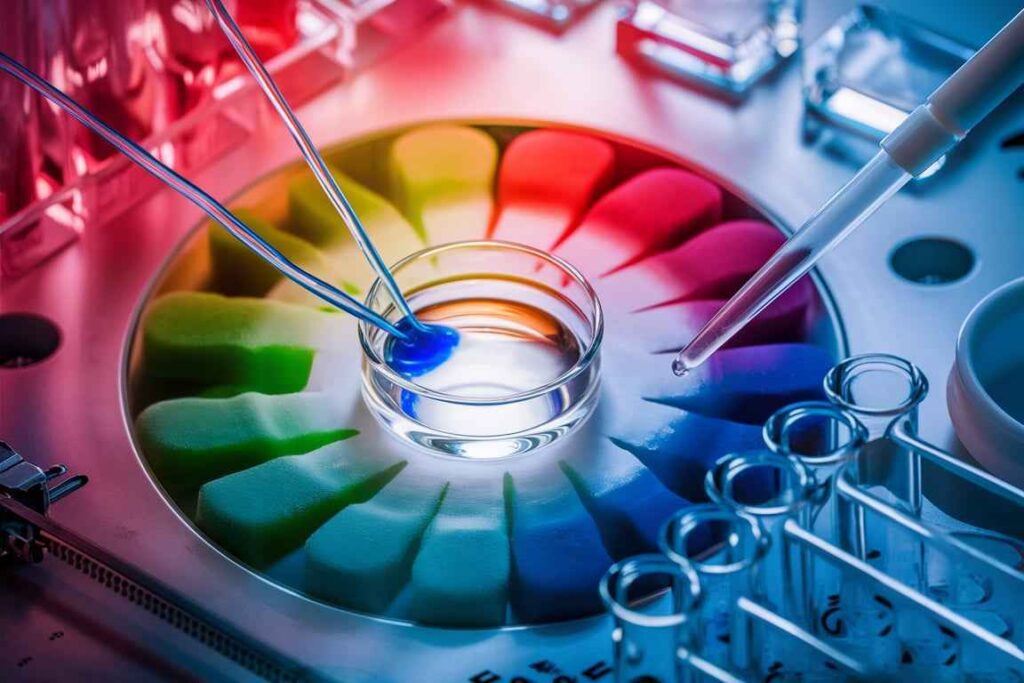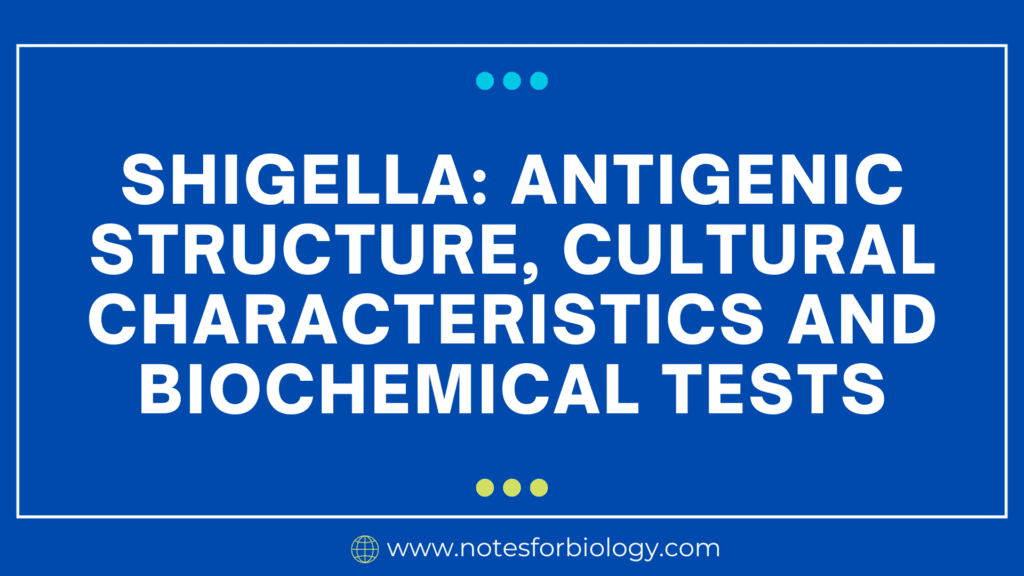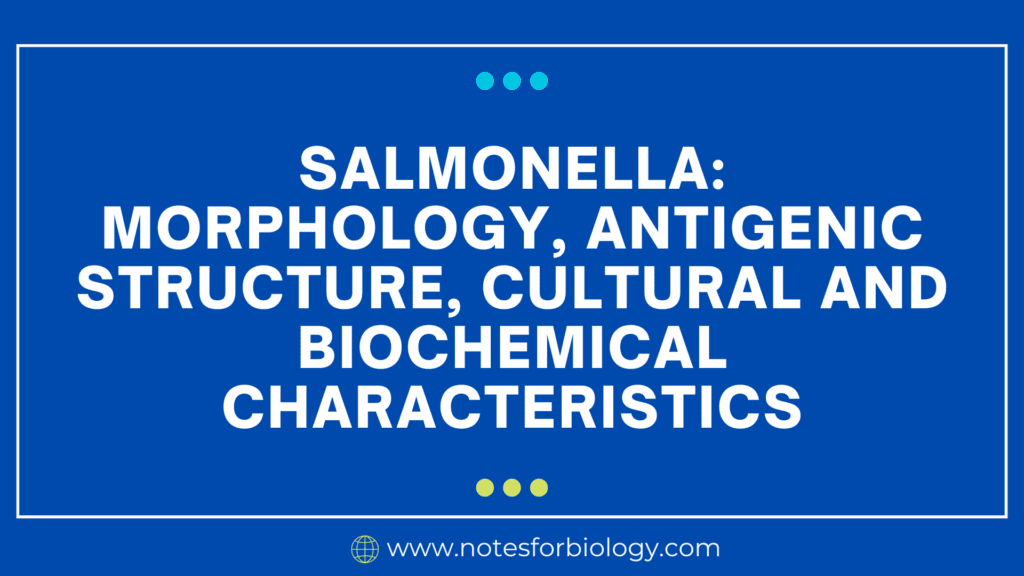Shigella is a genus of Gram-negative, non-motile, rod-shaped bacteria that are known for causing shigellosis, a form of severe bacterial dysentery. The genus belongs to the family Enterobacteriaceae and is closely related to Escherichia coli
Table of Contents
Shigella
Shigella is a genus of Gram-negative, non-motile, rod-shaped bacteria that are known for causing shigellosis, a form of severe bacterial dysentery. The genus belongs to the family Enterobacteriaceae and is closely related to Escherichia coli. It infections are primarily associated with poor sanitation and hygiene, and they can lead to significant morbidity and mortality, especially in developing countries.

Shigella species are Gram-negative, non-motile bacteria characterized by distinct antigenic structures (O antigens), specific cultural characteristics (growth on selective media), and identifiable biochemical properties. They do not ferment lactose, produce no H2S, and are typically urease-negative and citrate-negative. These properties are crucial for the identification and differentiation of it in clinical microbiology.
Antigenic structure

Shigella species produce a variety of antigens that contribute to their pathogenicity and immune response:
Somatic Antigens (O Antigens):
Shigella cells’ outer membrane contains lipopolysaccharides (LPS), which include O antigens.
These antigens are highly variable across species and serotypes, forming the basis for serological classification.
They play an important role in immune response and are targeted by diagnostic tests.
H antigens (Flagellar Antigens):
Shigella species are often nonmotile and do not generate H antigens.
This trait distinguishes Shigella from closely similar motile bacteria such as Escherichia coli.
K antigens (capsular antigens):
Some Shigella strains include capsular K antigens, which may enhance virulence by shielding the germs against phagocytosis.
Virulence Factors:
It produces a variety of virulence factors, including Shiga toxin (especially in S. dysenteriae), invasion plasmid antigens (Ipa proteins), and type III secretion system components, which facilitate invasion and intracellular survival within host cells.
Cultural characteristics
It can be cultivated using selective and differential media to differentiate them from other intestinal bacteria:
Growth Media:
Shigella colonies in MacConkey Agar are often pale or colorless because they do not digest lactose.
It develops red or colorless colonies on Xylose Lysine Deoxycholate (XLD) Agar because xylose is not fermented.
It colonies on Hektoen Enteric Agar are green to blue-green because there is no H2S generation and no lactose or sucrose fermentation.
Colony morphology:
Colonies are typically tiny, round, convex, and smooth with a translucent appearance.
They lack swarming motility, which is typical of Proteus species.
Optimal growth conditions:
Temperature: The optimal growing temperature is 37°C.
This can develop in both aerobic and facultative anaerobic environments.
Biochemical Tests
Biochemical tests are required to identify this species and distinguish them from other Enterobacteriaceae:
Carbohydrate fermentation:
It does not ferment lactose, unlike other E. coli strains.
Glucose: Fermented, producing acid but no gas.
Mannitol is fermented by most Shigella species (excluding some S. dysenteriae strains).
Indole Test:
Indole levels vary between species: S. flexneri and S. boydii are normally negative, whereas S. dysenteriae and S. sonnei can be positive.
The Methyl Red (MR) Test
Positive: indicates a mixed acid fermentation pathway.
The Voges-Proskauer (VP) Test
Negative: Shigella does not make acetoin.
Citrate Utilization Test:
Negative: It cannot use citrate as its sole carbon source.
Urease Test:

Negative: It does not make urease.
Hydrogen sulfide (H2S) production:
Negative: Shigella produces no H2S, which helps identify it from Salmonella.
Triple Sugar Iron (TSI) Agar:
Result: Alkaline slant (red), acidic butt (yellow), no gas, no H2S.
Lysine Decarboxylase Test:
Negative: Shigella does not decarboxylate lysine.
Oxidase Test:
Negative: Like other members of Enterobacteriaceae, Shigella is oxidase-negative.
Frequently Asked Question
What is Shigella ?
Shigella is a genus of Gram-negative, non-motile, rod-shaped bacteria that are known for causing shigellosis, a form of severe bacterial dysentery. The genus belongs to the family Enterobacteriaceae and is closely related to Escherichia coli. It infections are primarily associated with poor sanitation and hygiene, and they can lead to significant morbidity and mortality, especially in developing countries.
What are the structure of Antigenic ?
The structure of Antigenic are
1. Somatic Antigens (O Antigens
2. H antigens (Flagellar Antigens)
3. K antigens (capsular antigens)
4. Virulence Factors
Related Article
Food borne bacterial gastroenteritis caused by Salmonella, E. coli and Vibrio spp


